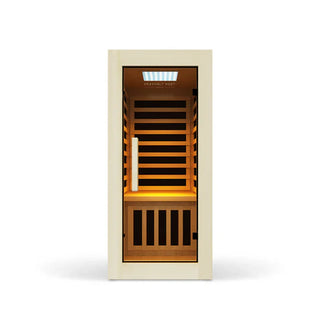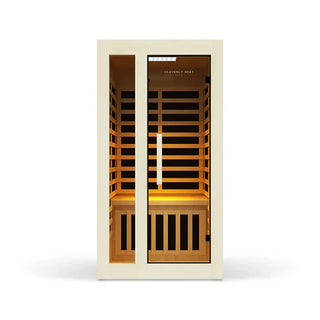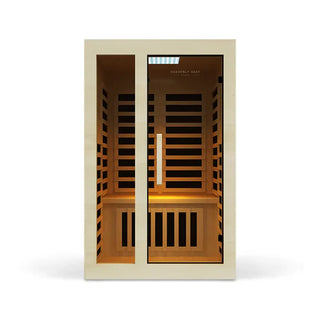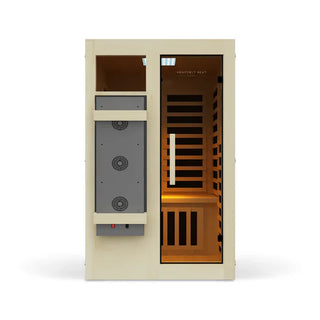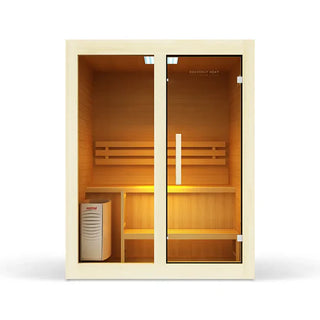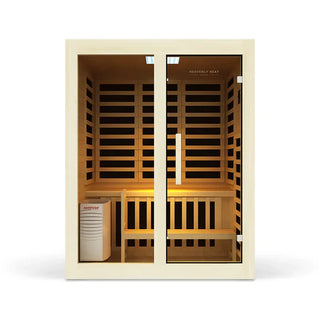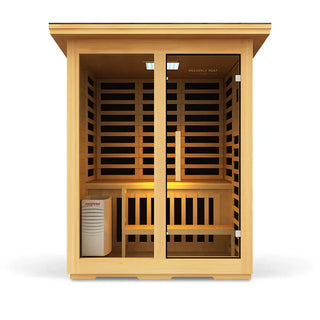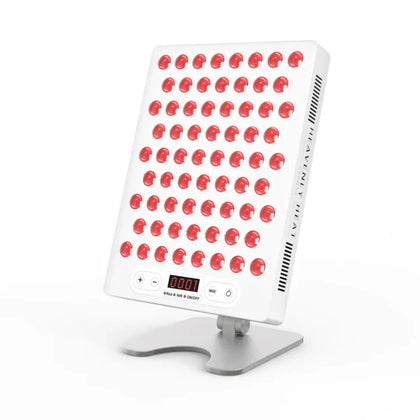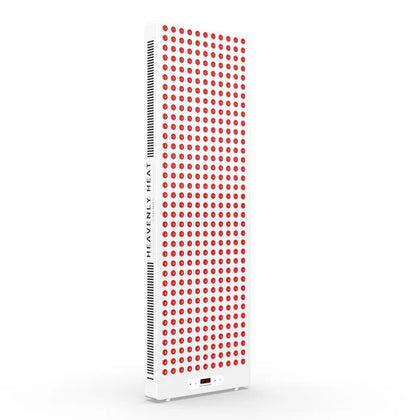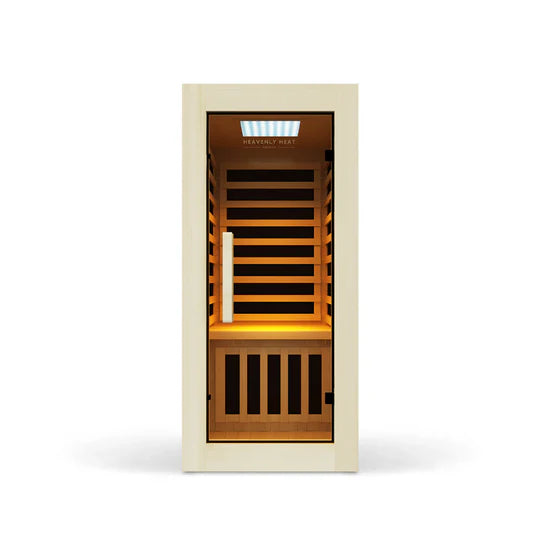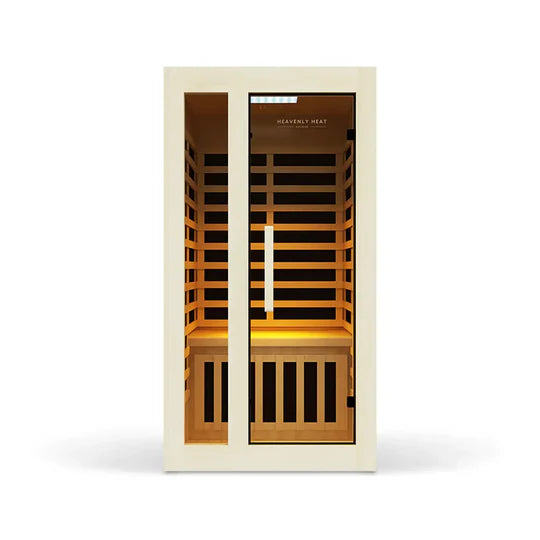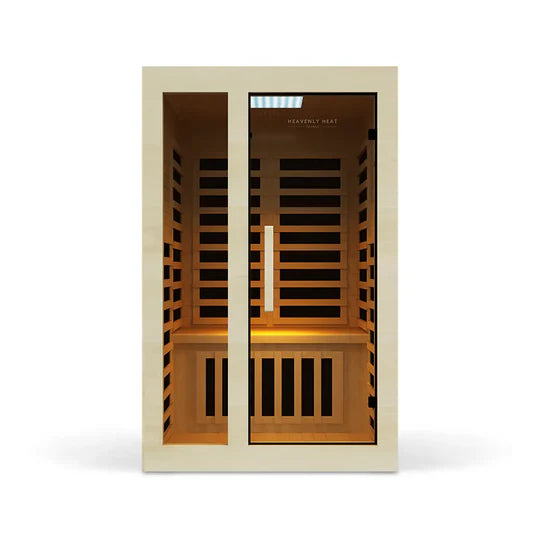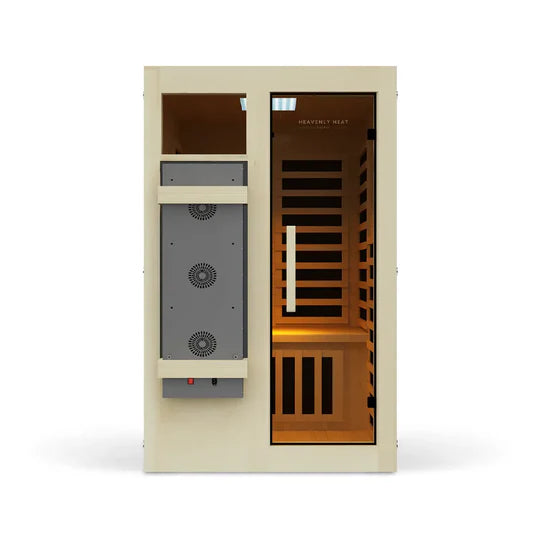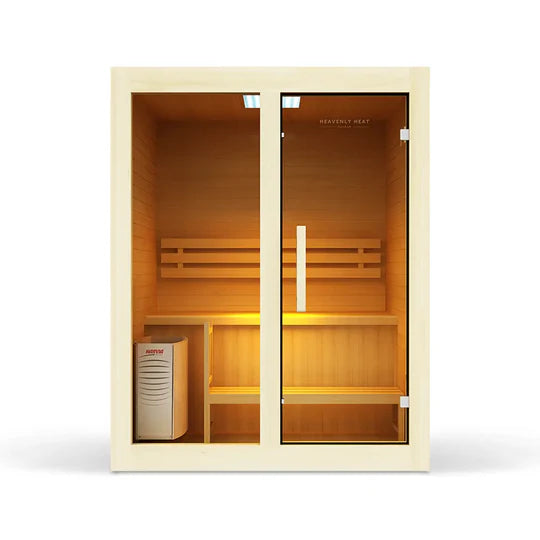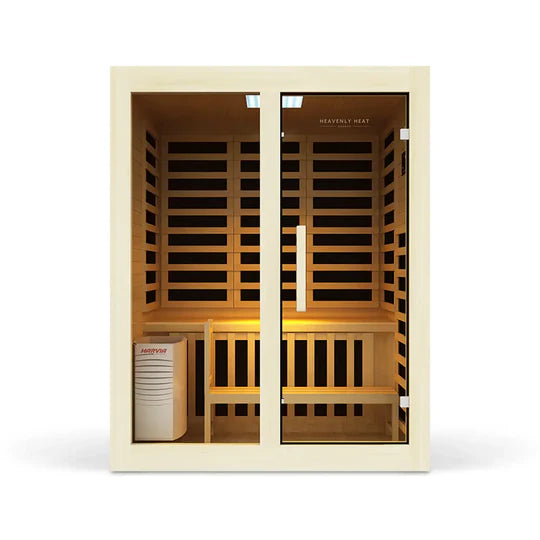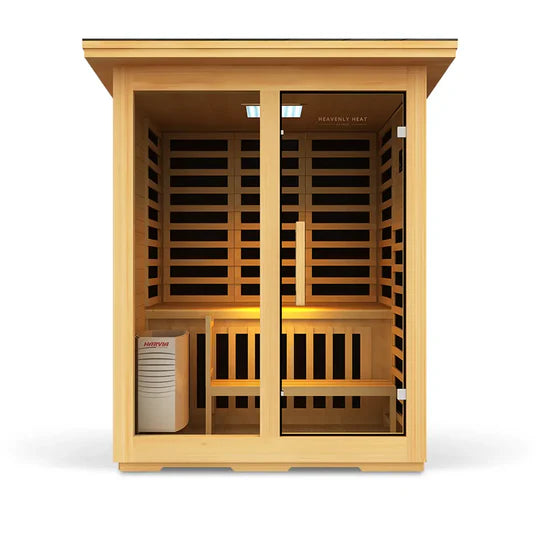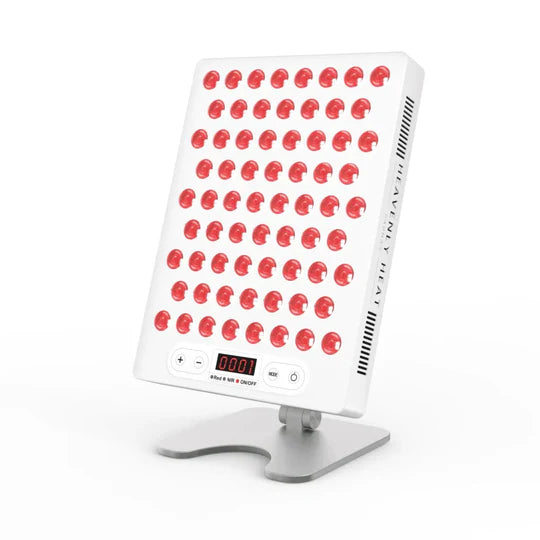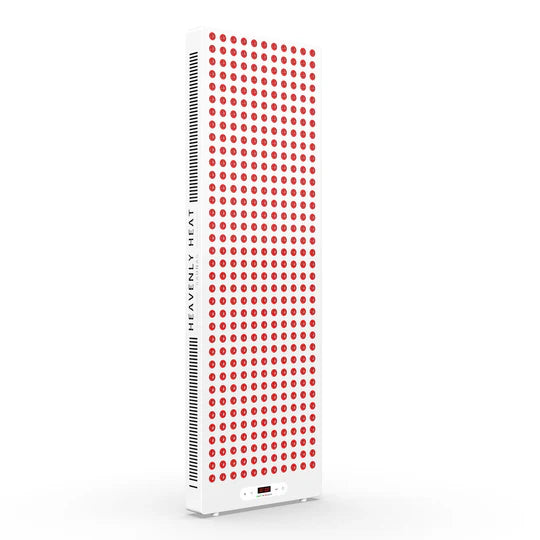How to Cold Plunge Without a Tub: Simple Alternatives That Work
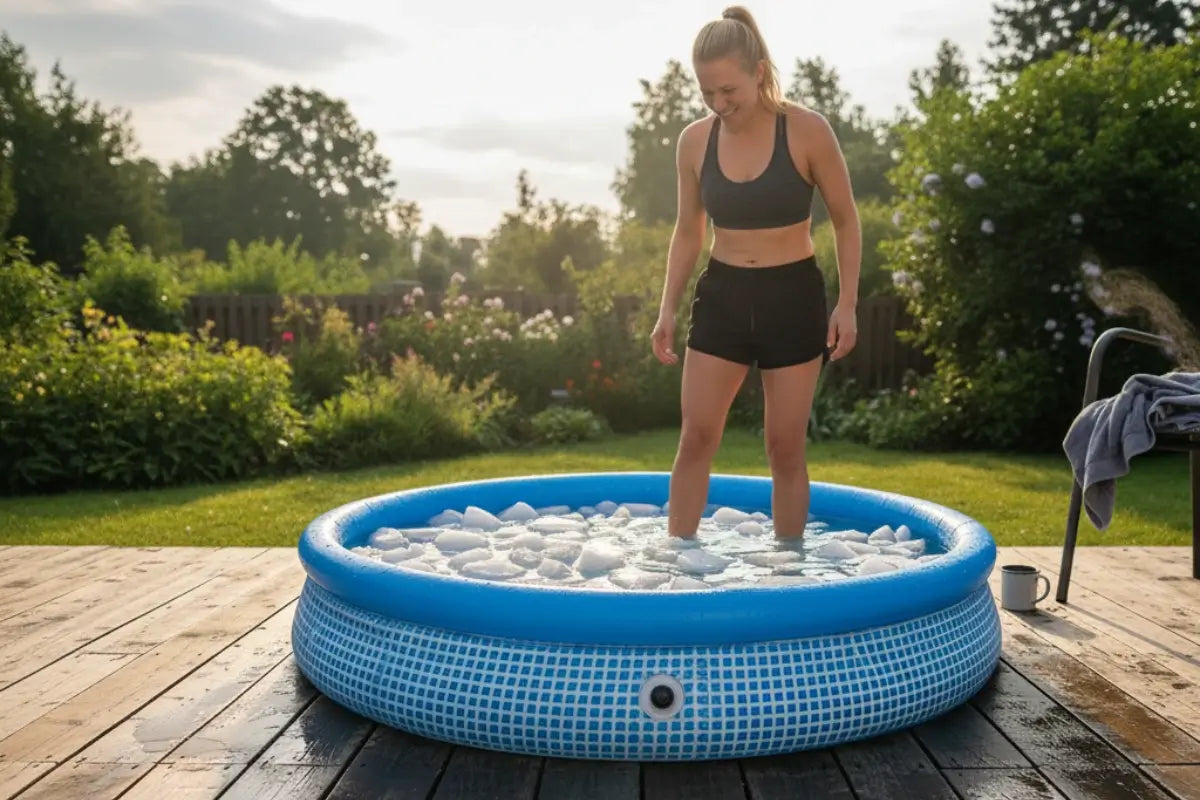
You don’t need a fancy tub to enjoy the benefits of a cold plunge. From stock tanks to inflatable pools and even natural waters, there are easy, budget-friendly ways to refresh your body and boost recovery.
In this guide, we’ll show simple alternatives that work, helping you dive in safely and confidently.
Key Takeaways
DIY Options Work: Use tubs, barrels, or kiddie pools with ice for a simple cold plunge at home.
Stock Tanks Are Durable: Galvanized steel or heavy-duty plastic tanks offer a long-lasting, budget-friendly alternative.
Inflatable Tubs Are Portable: Quick to set up, space-saving, and ideal for small spaces or temporary use.
Chillers Ensure Consistency: Maintain precise temperatures for safer, more effective cold therapy sessions.
Natural Waters Offer Adventure: Lakes, rivers, and oceans provide free, full-body immersion with added physical and mental benefits.
The Best Cold Plunge Tub Alternatives
DIY Cold Plunge: Use large containers or barrels with ice for a cheap solution
Large containers like plastic bins, galvanized tubs, or barrels work for a DIY cold plunge. Barrels let you submerge fully.
Use 20–40 pounds of ice to reach 50–60°F. Start with 1–3 minutes and increase gradually. A kiddie pool can also serve as an easy, affordable alternative.

Stock Tank Tubs: Farm-style tanks that work perfectly for cold immersion
If you’re looking for a durable and budget-friendly cold plunge option, stock tank tubs are a smart choice.
Unlike inflatable pop-up ice baths, which are prone to punctures, leaks, and wear over time, stock tanks are built to last.
They’re typically made from galvanized steel or heavy-duty plastic, each with its own benefits. Steel tanks are extremely durable, resist cracking in freezing water, and can last for years outdoors if rust is managed properly.
Plastic tanks, while lighter and easier to move, won’t corrode and are simple to clean, though they can crack under extreme sunlight or temperature swings.
Best of all, stock tanks are far more affordable than commercial cold plunge setups, usually costing between $100 and $300.
Whether you prioritize longevity or portability, stock tanks offer a practical, long-lasting solution for anyone wanting the cold plunge experience without breaking the bank.
Inflatable Cold Tubs: Portable and easy to set up in small spaces
Inflatable cold tubs have become a favorite alternative to heavy, traditional plunge tubs because of their quick setup and portability.
Many models can be inflated in just 15 minutes with an electric pump, while a stainless steel tub weighing over 300 pounds might take much longer to position or assemble.
Once inflated, simply add water and cool it down with either ice or a chiller, much like a traditional tub.
Their compact size also makes them appealing, Medical News Today notes that a typical inflatable tub measures about 67 x 31.5 x 24 inches, making it perfect for small spaces or apartments.
While they’re usually made from PVC or vinyl, newer models feature reinforced walls and multi-layer designs for added durability.
Compared to rigid plunge tubs, they’re lighter, easy to fold away, and far more portable. Best of all, inflatable tubs are budget-friendly, offering a cost-effective way to experience cold therapy without the steep investment of stainless steel models.
Regular Bathtubs: The simplest way to create a cold plunge at home
Fill your bathtub with cold water, adding 20–30 pounds of ice for a stronger chill. Keep water between 50–60°F using a thermometer.
Start with a few minutes and gradually extend your time. Bathtubs are simple, convenient, and require no special setup.

Ice Barrels: Upright tubs that keep you fully submerged in cold water
An ice barrel is an upright tub designed for full-body immersion. It holds 40–60 gallons and can be used indoors or outdoors.
Insulation or lids keep water cold. Benefits include reduced inflammation, better circulation, and a structured setup compared to DIY solutions.
Chiller Systems: Devices that maintain consistent cold temperatures
Unlike traditional ice baths that can fluctuate wildly, chiller systems are designed to maintain precise temperatures, often down to 37°F.
This consistency ensures every session is both safe and effective, supporting therapeutic benefits like reducing inflammation and speeding up recovery.
High-quality chillers typically sustain a range between 40°F and 55°F, allowing users to tailor the experience to their climate, comfort, and recovery goals.
While the upfront investment may be higher, these systems quickly prove cost-efficient by eliminating the constant need to purchase ice and by running on energy-efficient designs that lower electricity use over time.
Beyond the convenience, research published in Sports Medicine highlights that consistent cold-water immersion can improve muscle power, reduce soreness, lower creatine kinase levels, and enhance feelings of recovery within 24 hours of intense exercise.
With evidence pointing to better outcomes when exposure is kept at stable, colder temperatures, chillers offer a reliable, science-backed alternative for anyone serious about recovery and performance.
Natural Waters: Lakes, rivers, or oceans as the ultimate free cold plunge
For those seeking a more adventurous alternative to cold plunge tubs, nature itself offers incredible options.
Lakes, rivers, and oceans provide a range of water temperatures throughout the year, from icy cold environments between 1–6 °C in mountain rivers, deep lakes, or ocean depths, to tropical waters that remain warm and stable between 20–35 °C.
In temperate regions, surface waters fluctuate by more than 10 °C, creating diverse seasonal experiences.
Immersing in these natural waters doesn’t just refresh the mind, it mimics many of the benefits of a plunge tub.
The hydrostatic pressure of full immersion helps push blood back toward the heart, improving circulation, reducing swelling, and speeding up muscle recovery while also supporting cardiovascular health.
Beyond the physical benefits, research published in Lifestyle Medicine found that cold-water swimming reduces anxiety, improves sleep, and boosts self-confidence.
For those chasing the coldest and most dramatic spots, destinations like Norway’s Lofoten Islands or Pakistan’s Skardu region in winter deliver breathtaking landscapes paired with exhilarating frigid waters, making the plunge both a challenge and a reward.
Factors to Consider When Choosing an Alternative of the cold plunge
Health and Safety: Make sure the option is safe for your body and doesn’t pose any health risks.
Accessibility and Convenience: Consider how easy it is to access and use regularly.
Cost and Budget: Check if it fits within your budget and maintenance costs.
Temperature Control: Ensure you can control and maintain the desired temperature.
Space and Equipment: Assess the space required and any special equipment needed.
Effectiveness for Recovery: Look at how well it helps with recovery and performance.
Personal Comfort: Choose an option that feels comfortable and suits your preferences.
FAQs
Can a cold shower replace a cold plunge?
Cold showers and cold plunges both offer benefits, but they are not quite the same. A cold plunge is much more intense, with water temperatures ranging from near-freezing to around 50°F, compared to the usually milder cold shower. Because of this, most people limit their plunge to 5–10 minutes due to the body’s strong response. Research shows that plunges are generally more effective for reducing inflammation, improving circulation, and speeding up muscle recovery, thanks to full-body immersion and hydrostatic pressure that pushes blood back toward the heart and delivers oxygen more efficiently. Athletes often prefer plunges for deeper recovery, while cold showers are more accessible for daily use, boosting alertness, mood, and circulation at a gentler level. Both methods trigger the stress response, and while plunges may temporarily lower cortisol and improve cardiovascular function, cold showers provide a convenient entry point to cold therapy without overwhelming the body. Ultimately, the best choice depends on personal goals, recovery needs, and comfort with intensity.
What household items can be used instead of a cold plunge tub?
Household items like bathtubs, showers, stock tanks, or repurposed chest freezers can serve as practical alternatives to a cold plunge tub. By filling them with cold water and ice and following basic safety steps, you can enjoy cold therapy at home. Beginners may start with cold showers to gradually acclimate.
Is a kiddie pool, stock tank, or inflatable pool good for cold plunging?
For cold plunging, stock tanks offer a durable, long-term solution with upgrade potential. Inflatable pools provide a budget-friendly, temporary option for beginners but lack durability and consistent temperature control. Kiddie pools are generally too small for adults and pose safety risks, making them suitable only for children or brief cooling purposes.


